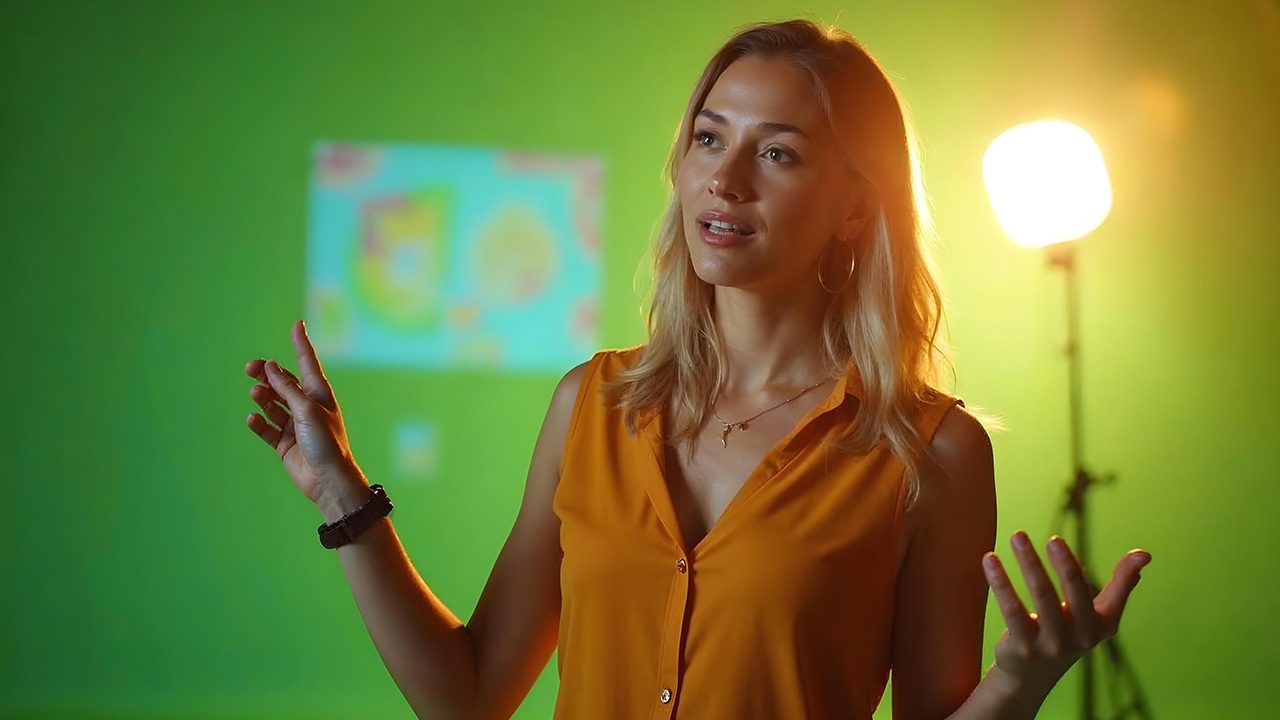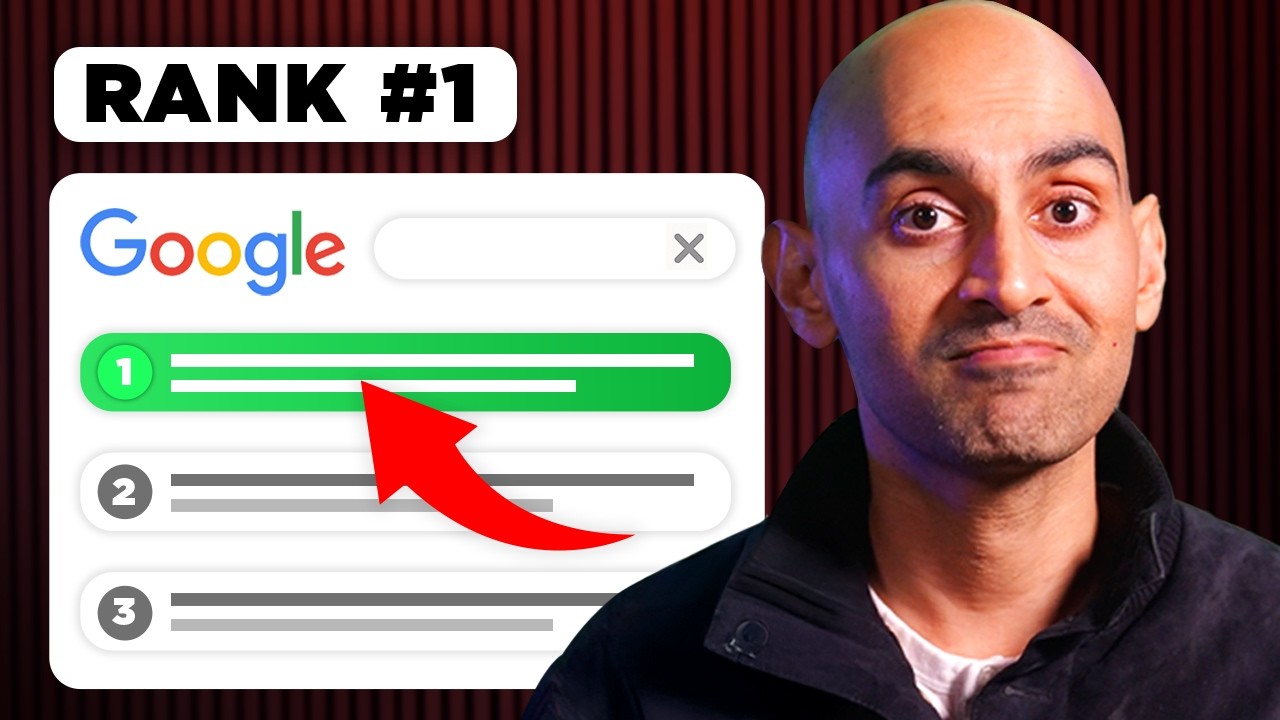Contents
Creating educational video content can seem like a daunting task, especially when you aim to produce a substantial amount in a short period. However, with the right approach, it is entirely possible to produce five hours of quality educational content in just one day. This post will guide you through the essential steps to achieve this, focusing on pre-production, production, and post-production phases.
The process of producing educational videos can be broken down into three main phases: pre-production, production, and post-production. Each phase has its own set of tasks and considerations that are crucial for a successful outcome.
1. Pre-Production: Preparing for Success
Pre-production is the phase where you lay the groundwork for your video content. This is where you decide on the topics, prepare materials, and set up logistics.
Content Preparation
Begin by organizing your content. What topics do you want to cover? It’s essential to categorize and outline these topics clearly before moving on to production. This step often requires significant time investment, sometimes a week or more, depending on the complexity of the material.
Deciding on Presentation Tools
One critical decision during this phase is how you will present your content. Will you use PowerPoint slides, a whiteboard, or simply talk directly to the camera? Each option has its pros and cons. For instance, while PowerPoint can be visually engaging, it requires time to prepare slides. Alternatively, using a flip chart can reduce reflection issues caused by studio lighting, making it a viable option.
Logistics and Equipment
Another important aspect of pre-production is ensuring all necessary equipment is ready. Create a checklist that includes items like cameras, microphones, chargers, and lighting. Also, choose a specific day for recording, and ensure you have time to prepare your mind and body beforehand. Activities like light exercise or relaxation can help you be more focused and energized during filming.
Communicate Your Plans
Inform your friends and family about your recording day. Let them know that you will be unavailable to minimize distractions. This will help keep your mind clear and focused on the task at hand.
2. Production: The Recording Day
On the day of production, the real work begins. It’s essential to stick to a structured schedule to ensure you can record all your planned content effectively.
Creating a Schedule
For a productive day, plan your recording sessions. For example, you might start recording at 10 AM and break down the day into segments. A suggested schedule could be:
- 10:00 AM – 11:30 AM: Record the first segment (1.5 hours)
- 11:30 AM – 12:00 PM: Break
- 12:00 PM – 1:30 PM: Record the second segment (1.5 hours)
- 1:30 PM – 2:00 PM: Lunch break
- 2:00 PM – 3:30 PM: Record the third segment (1.5 hours)
- 3:30 PM – 4:00 PM: Break
- 4:00 PM – 5:00 PM: Final recording session (1 hour)
Engaging with an Audience
Consider recording in front of a live audience. This can simulate a classroom environment, allowing for interaction and making the experience feel more natural. Engaging with participants can help reduce the pressure of speaking directly to the camera and can lead to a more dynamic recording.
Maintaining Energy
Keep in mind that energy levels can fluctuate throughout the day. To combat fatigue, incorporate brief physical activities during breaks to refresh your mind and body. Avoid heavy meals that can lead to sluggishness; instead, opt for lighter snacks that will keep your energy levels stable.
3. Post-Production: Editing Your Content
After recording, the next step is post-production. This is where you refine your video content, adding any necessary edits and enhancements.
Editing the Footage
While many educators might want to handle the editing themselves, it’s often more efficient to hire a professional editor. Provide them with clear instructions on what to include or exclude, especially if there are sections you prefer not to be part of the final product.
Adding Enhancements
Your editing process may also involve adding text overlays, graphics, or background music to enhance the viewing experience. Consider what elements will help clarify your message and keep your audience engaged.
Key Takeaways
Producing five hours of educational video content in a single day is a challenging yet achievable goal. The key lies in thorough preparation, a well-structured recording schedule, and efficient post-production techniques. By following these steps, educators can maximize their output while maintaining quality, making it possible to create comprehensive courses that can be sold and utilized effectively.
Now that you have a roadmap, it’s time to put it into action. Choose a topic, plan your content, and prepare for an efficient and productive recording day. With the right mindset and strategy, you can create high-quality educational videos that will benefit your audience.
Don’t forget to share your experiences and results as you embark on this journey. Happy recording!








